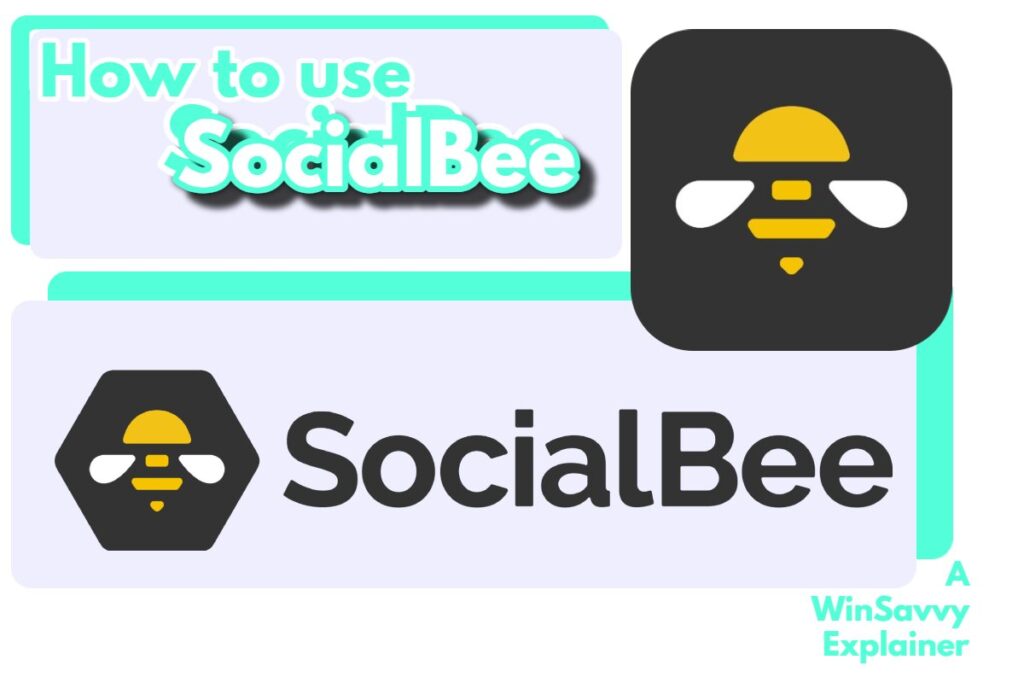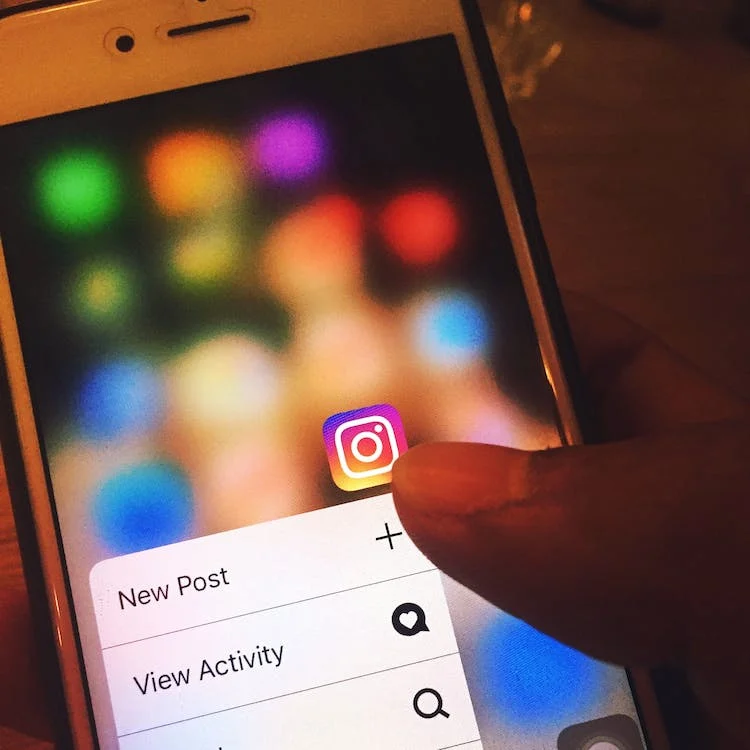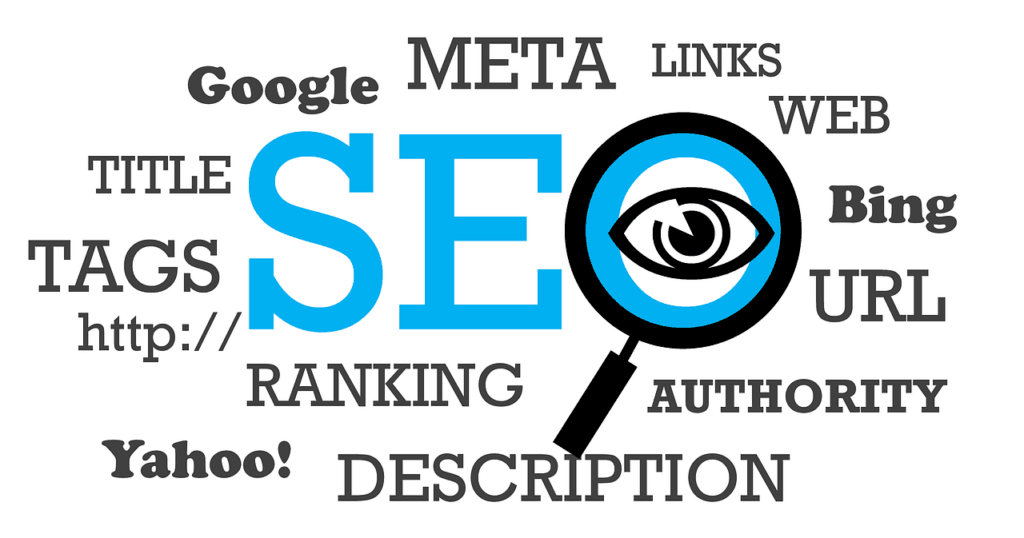Product Development Checklist
When you’re calling the shots as a CEO, business owner, or marketing honcho, having a good product development checklist in your toolbox is like having a secret weapon. It’s your roadmap to getting things done right and on time. Here, you’ll find out how checklists can turbocharge your product development journey and guide you through the key stages involved.
Streamlining Operations with a Checklist
Taking on the product development checklist can be a game-changer for your team. Turns out, teams are burning about 3.4 hours a week just trying to get everyone on the same page (ScribeHow). By slapping a comprehensive checklist like Scribe’s onto your operations, you dish out crucial info, docs, and FAQs to your crew and stakeholders. This cuts down on time-wasting hiccups and makes working together feel like a walk in the park.
Here’s why a product development checklist rocks:
- Communication That Clicks: Keeps everyone in the loop and grooving to the same beat.
- Spot-On Tasks: Guarantees that no step is skipped in the process.
- Fewer Oops Moments: Decreases the chance of missing out on important stuff.
Key Stages in Product Development
Getting a product from drawing board to reality involves some key high-five moments. Here’s a breakdown of the essential stages you’ll face in the product development rollercoaster:
| Stage | Description |
|---|---|
| Ideation | Letting those creative juices flow and cooking up fresh ideas. |
| Idea Screening | Sizing up ideas to check if they’re doable and in demand. |
| Product Definition | Figuring out what your product’s all about and its specs. |
| Prototyping | Building a mini-me version of your product for a test drive. |
| Validation & Testing | Gathering user input and fine-tuning as needed. |
| Commercialization | Getting ready to hit the market and rolling out the promos. |
Each stage is a stepping stone to making sure your product speaks your customers’ language and fits snugly into market expectations. For an even closer look at what goes down in each step, dive into our writes on the product development life cycle and new product development strategies.
Bringing in a killer checklist not only keeps you laser-focused through every stage but also makes sure your crew stays on target for a successful product debut.
Minimum Viable Product (MVP)
Introduction to MVP Approach
Let’s break down the basics of a Minimum Viable Product (MVP). It’s a smart strategy to start small, focusing on the must-have features to keep your early customers happy while gathering all-important feedback for those fancy additions later on. The MVP way is like taking a test drive before splurging on the full deal, saving you from potential wrong turns and time-suckers during development (ScribeHow).
Think of an MVP as your way to see if your product idea really flies without burning through your entire budget. Instead of rolling out a fully decked-out product that might flop, you launch with an easy-breezy version to test the waters and hear what real users think. Listening to early feedback can massively dial up your overall product development lifecycle, making sure you’re hitting the bullseye for potential users.
For a solid MVP game plan, keep these pieces top of mind:
| Component | Description |
|---|---|
| Feature Name | What’s this MVP feature getting called? |
| Detailed Description | Break it down! What does this feature do, and why does it matter to users? |
| Priority Level | Figure out how badly you need this feature in the MVP mix. |
| Status Field | Watch how the feature evolves from paper to reality. |
Getting into the MVP mindset isn’t just about making life easier during launch; it’s laying the groundwork for a business vibe that screams customer-first. Early adopters provide goldmine data that lets you tweak and tailor the product to meet what folks really want. For more ideas on this, dive into new product development strategies and customer-centric product development.
Grabbing onto the MVP approach means you’re setting your product company up for quick-footed innovation, satisfying customers’ cravings right on target, and leaving competitors in the dust.
Pre-Launch Marketing Strategy
Stirring Up Excitement with Social Media
Before your new product is born in the wild, it’s like throwing a little pre-party on social media. This is where you drum up excitement and get folks buzzing before they can even buy what you’re selling. Think of it as teasing the crowd before the big reveal. Plus, it gives them a backstage pass to your brand’s latest venture.
Start the chatter on places like Twitter and LinkedIn. Sharing sneak peeks and updates about your up-and-coming product doesn’t just get people talking—it also weaves a story around the journey you’re on. Get your followers hooked with regular updates, turning them into characters in your story. ScribeHow loves showing off the behind-the-scenes action, sparking discussions that keep the buzz alive.
Don’t stop at telling your story—listen, too. Ask questions, run polls, and toss out surveys on your socials to tap directly into what your crowd thinks. These golden nuggets of feedback often turn into your best assets, helping you shape features that hit home. By listening closely to your audience, you refine your product into something that truly shines in a crowded space (UX Matters).
| Social Media Play | Actions to Take |
|---|---|
| Get folks talking | Share cool updates, hit milestones, and drop fun facts from your journey. |
| Dial into the crowd | Use polls, and chats to gather their thoughts. |
| Create some buzz | Pop out teasers and countdowns to keep the excitement fresh. |
Whip up a content calendar for your social media posts, so you keep the conversation going. Be strategic, sharing news bits, snazzy visuals, videos, and promos that spotlight what makes your product special.
Remember, teaming up with influencers or experts in your field can crank up the volume on your message. Their fans can help spread the word and lend a hand in making your brand look even better.
By putting some love into your pre-launch social media game, you’ll have your audience on the edge of their seats, eagerly waiting for their moment to dive in. Scope out more tidbits in our pieces on product launch strategy and new product development strategies.
Product Launch Checklist
Getting ready to roll out your new product means having a rock-solid plan and pulling it off like a champ. Your go-to product launch checklist is your trusty roadmap, guiding your squad through each stage of bringing your product into the world. It’s all about knowing what to do, what to check, and what not to forget for a launch that goes off without a hitch.
Strategic Framework for Launch Success
A checklist that keeps everyone on track, talking, and taking responsibility is your MVP here. When you get these parts right, you’ve got a shot at making a splash in the market and getting folks pumped up about what you’re offering:
| Checklist Component | Description |
|---|---|
| Pre-Launch Prep | Dive into market research and pinpoint who you’re aiming for. |
| Target Audience Chat | Cook up messages that your audience will vibe with. |
| Marketing Game Plan | Make sure your promos and marketing antics are in sync. |
| Product Check | Double-check your product’s ready to roll and works like a charm. |
| Post-Launch Debrief | Give the results a once-over to see how the launch fared. |
Remember, nailing a product launch isn’t just about getting your foot in the door – it’s about soaring into profitability and keeping your brand buzzing. Tools like Productboard can be your sidekick for crafting a standout launch product development life cycle, making the launch process smoother and more impactful.
Collaboration Between Teams
Teamwork is the secret sauce for a knockout product launch. Bringing together product and go-to-market (GTM) folks means everybody’s on the same page, aiming for the same bullseye. To keep things running smoothly, take these steps:
- Meet Often: Set up regular chats to go over progress and nip any hiccups in the bud.
- Resource Pool: Use shared platforms so everyone stays up-to-date with the latest news and feedback.
- Clear Duties: Spell out who’s doing what to keep things straight and stop mix-ups.
Aiming for tight team collaboration not only smoothens the launch journey but also keeps everything aligned with your main strategies. Open communication lines are key to pulling off each bit of your product development checklist successfully.
Importance of Quality Assurance
Allocation of Development Budget
When you’re churning out a product, spending on quality assurance (QA) is like buying insurance: crucial. Your product should not just meet what’s expected but really work well and tick all those industry boxes (LinkedIn). Putting enough cash into QA can keep you from burning money on fixes later and make your product a hit.
Researchers say about 40% of what you spend on making a product usually goes on QA (Dashdevs). This chunk of change shows folks are catching on to how valuable QA really is.
| Budget Crunch | Part (%) |
|---|---|
| Quality Assurance | 40 |
| Development Costs | 30 |
| Marketing Shenanigans | 15 |
| Odds & Ends | 15 |
Spending smartly on QA lets you reap rewards like these:
Nip Defects in the Bud: QA helps sniff out problems early, lowering the chances of launching a dud.
Keep Users Happy: A solid product makes customers happy, boosting the brand’s reputation and keeping folks coming back.
Hit the Market Running: Making sure your product is up to scratch means it’s ready to win over the market from day one.
Stay on the Right Side of the Law: Remember, QA budgeting also means playing by the industry’s rules and dodging legal headaches down the road.
Save Bucks in the Long Run: QA costs upfront might sting at first, but in the end, it prevents blows to your wallet from future fixes and awkward customer complaints.
Putting QA front and center in your product development life cycle isn’t just smart; it’s essential. It will keep you competitive by ensuring everything runs smoothly. Dive into more advice with our articles on product development metrics and product design and development.
Effective Product Testing Strategy
Techniques for Thorough Testing
Alright, let’s get into the nitty-gritty of product testing—after all, it’s how you make sure your shiny new invention isn’t going to crash and burn the moment it meets the real world. You want your widgets, gadgets, or apps to sing, dance, and make customers gasp in awe. A smart, well-structured testing approach, touching on functionality and usability, is your best bet for success. Here’s a rundown of testing techniques that’ll keep your project on the straight and narrow.
| Testing Technique | How You Pull It Off |
|---|---|
| Unit Testing | Zooms in on each little widget part, testing them to ensure everything plays nice. |
| Integrated Software Testing | Sees how the party is when multiple systems and components start talking to each other. |
| Shift-Left Testing | Jump in early with this one—tackle issues before they blow up. |
| Automated Testing | Let the robots work! Run tests on autopilot for speed and precision. |
| Manual Testing | Real humans poke around to see if everything’s intuitive and user-friendly. |
To make these techniques work like a charm, nail down your product goals from the start. Your testing should match these ambitions like peanut butter and jelly. Detailed test plans? Yeah, they’re a thing. They’re your roadmap, highlighting what’s being tested, when, and who’s on the hook. Dashdevs has more juicy tidbits if you’re curious.
Resources, folks, you need ’em. Arm your team with enough time and the right tools for testing thoroughly. Keep your eyes on the prize with continuous testing—better to catch problems before they turn into headaches.
Talking things through can’t be overstated. Developers, testers, and product managers should be swapping stories like it’s campfire time. Mixing in a bit of auto-test magic makes life easier, but never neglect those golden nuggets of user feedback. Regular feedback loops—surveys, chats, maybe an email or two—will isolate what customers cherish most. UX Matters offers more nuggets on this subject.
Inject these testing tidbits into your development process, and you’ll be rocking the quality assurance game and keeping folks happy. Constant tweaks based on test learnings ensure your strategy isn’t just some stale old toast; it should grow as your product and market do. Hit up our guides on product development and management and product development metrics for more goodies.
Product Feature Checklist
Role in Product Management
Hey, if you’re all about getting every detail spot-on when it comes to your product, the product feature checklist is like your BFF in the world of product management. This nifty checklist has your back from the daydreaming design phase straight through to keeping things humming along post-launch. It’s the go-to tool for making sure nothing falls through the cracks during your product journey.
In simple terms, it’s your cheat sheet to make sure you know why each feature exists, what it does, how much you should care about it, and anything else you need to keep things moving smoothly. This list keeps everyone on the same page and lessens the chance of surprises popping up. Check out what usually makes it into a product feature checklist:
| Component | Description |
|---|---|
| Feature Name | What you’ll call each nifty, special feature in your product. |
| Detailed Description | The run-down on what the feature is all about and why it matters. |
| Priority Level | How much you should sweat over the feature – top-priority or let’s-do-it-later. |
| Status | Where your feature’s at (yet to start, getting worked on, good to go). |
Drawing up your product feature checklist isn’t something you slap together in five minutes. It means getting comfy with your features, deciding what’s hot or not, and jotting down all the why’s and how’s. Keeping it refreshed with updates – yep, that’s on you too, but it’s worth it to keep everything on the up and up.
A feature checklist is pure gold for plotting your course during development. It makes sure you’ve got enough hands on deck, spots any features that depend on one another, and gives you a handle on how long it’s gonna take and what it’ll cost. Want some more juicy tips on all this? Jump over to our article on the product development life cycle and peep the product development metrics that keep the project ship afloat.
Using this checklist is like having a roadmap to dodge the dreaded scope creep and keep everyone singing from the same hymn sheet. It’s all about making sure the product gets out into the real world looking sharp. Craving more planning hacks? We’ve got reads on new product development strategies and product positioning strategies to level up your game.
Integrating QA and QC
Ensuring Product Quality Through Processes
Mixing quality assurance (QA) and quality control (QC) into your product development checklist is super important for rolling out killer products. They’re like the dynamic duo of meeting customer wants, making sure stuff works right, and playing nice with industry standards.
Quality assurance is all about getting your ducks in a row and nipping issues in the bud. It’s like setting the stage for everything to run smoothly. Think of it as a preventive game plan—stop problems before they’re even a blip on the radar (LinkedIn). Focusing on processes sets you up for solid, reliable results.
Quality control’s the clean-up crew, jumping into action when there’s a glitch in the final product. Traditional QC stands tall by taking a good, hard look at samples to make sure they live up to the hype (LinkedIn). Together, QA and QC are your magic combo for acing the final product and wowing customers.
Key Components of Integrating QA and QC
| Component | QA Focus | QC Focus |
|---|---|---|
| Objective | Stop problems before they start | Find and fix glitches |
| Timing | All through the development party | At the after-party, right at the end |
| Approach | Head ’em off at the pass | Quick-fix expertise |
| Result | Ever-better processes | Proof that products live up to their claims |
To keep quality on track, you need the whole gang on board with both QA and QC. This tag-team approach boosts efficiency, sets out clear rules, and cranks up the product quality dial.
Making sure your product is top-notch is key to keeping your customers happy and your business thriving (LinkedIn). By fostering a vibe where QA and QC are the stars of the show, you’re set to deliver the goods that not only make a mark but also make your products the talk of the town. For more tips on keeping your projects on the up and up, check out our reads on product development metrics and quality assurance best practices.




















